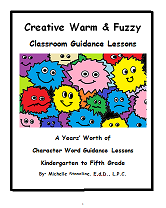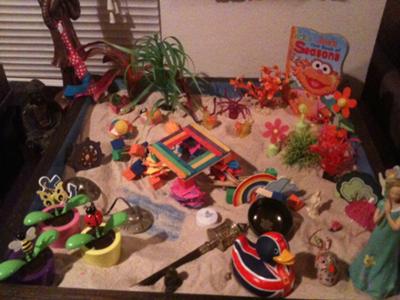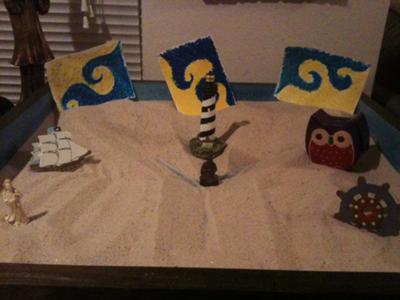Sandtray Therapy Final Exam - Caring Tray Theory - Charity S.
by Charity S.
(Atlanta, GA)
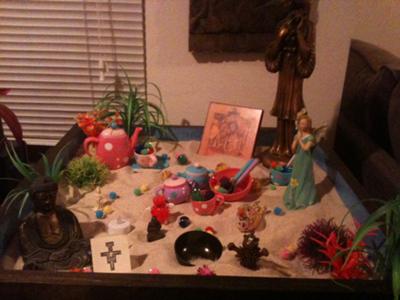
Caring Cup Tray: Sand Tray Therapy
The Caring Tray for Sand Tray Therapyis a place and approach in which all beings, feelings, experiences, and aspects of self are welcomed and accepted. Regardless of any and all personal characteristics, life experiences, status, beliefs, or other differentiating features, all people and the many different aspects of their varied selves are welcome in the caring tray. Some selves may initially feel uncertain of their place in the tray due to a history of rejection, incongruence, or misunderstanding. Nonetheless, all facets of the self may enter and leave the tray at any time as the caring tray promotes the humanistic principles of nonjudgmental acceptance and unconditional positive regard. While in the tray, any and all aspects of the self may be the focus of care and concern as illustrated in the Caring Cup.
Because the sand tray therapy caring tray makes no exceptions, all people, painful memories, and ongoing difficulties can receive the appropriate care required for healing while in the caring tray. As a result of this care and cultivation of compassion, builders may gain a deeper understanding and awareness of their unconscious selves, allowing for the integration of formally denied or incongruent aspects of selves and life experiences. This growing awareness and integration of self are central to the healing and well-being we desire for all clients. Builders are encouraged to continue cultivating such care for themselves and others once outside the tray. The caring tray is built upon the universal principles of wisdom and compassion, the latter of which is sometimes translated as charity, or “caridad” in Spanish. Therefore, the caring tray may be considered a shortened form of the charity tray.
Basic Principles and Rationale of Sand Tray Therapy Caring Tray Theory
The Caring Tray is inspired by Tibetan culture which emphasizes the centrality of compassion and wisdom in one’s pursuit of enlightenment, conscious awakening, and genuine wellbeing. These attributes can only be cultivated when one has an awareness of all living beings’ interdependence with one another and the impermanent nature of our reality. Therefore, the caring tray has been developed on the basis of five related principles, all central to Tibetan culture. These principles include compassion, wisdom, interdependence, change, and the multiple aspects of all things and beings in existence.
The Caring Cup
Rationale: This activity encourages client awareness of personal and other care needs. We often hear the expression, “How full is your cup?” in regards to self-care. In the caring cup, clients explore the meaning of that which they “care about.” They may examine important aspects of their lives such as people, relationships, roles, responsibilities, expectations, interests, values, and so on. In the early stages of the counseling relationship, this may be used to stimulate client awareness of personal priorities including those that may be important resources for client growth. The caring tray may also help clients identify how well their needs are currently being met in relation to others’ needs or perhaps a more elaborate discussion of Maslow’s Hierarchy of Needs. If progressing to deeper and more difficult trays, the caring cup can help identify and address areas of concern. Intra- and inter-personal concerns may be areas for growth including neglect, abuse, conflict, forgiveness, trauma, and daily stressors. At each level, it is possible to discuss how clients can develop healthy coping skills and ways to care for themselves and those important to them.
Suggested Applications: The caring cup may be used with depressed and melancholy individuals experiencing symptoms of hopelessness and isolation. It may be used to initiate self-care activities in distressed individuals. Trauma victims working on forgiveness of self and others may use the caring tray to facilitate continued healing. Additionally, the caring tray may be used as a family activity to encourage mutual expression and communication between family members.
Materials:
Paper, strips, and cup illustration
Miniatures symbolizing care and concern (e.g. helping professions, prayer, hugs); related to care and concern (e.g. bridges, greenery, threats to safety); Spirituality and religion (e.g. leaders, crosses, symbols)
Markers, crayons, pencils Plastic cup(s)
Directions: 1. Ask clients to select assorted miniatures to represent items, people, values, roles, or other things that they personally care about. One may list these items on strips of paper and place them in the caring cup or draw a picture in their cup to represent them.
2. Ask the client to then create a tray around these items. A cup or picture may be used or the sand tray itself may serve as the client’s caring cup. Once created, explore the meaning of this tray.
Change Tray
Rationale: This activity encourages clients to think about changes and how they can respond or adjust in healthy ways. Clients may consider goals or changes they desire in their personal lives and how they can work toward such changes. Clients may also choose to explore changes they are currently experiencing with some degree of difficulty. Concepts of growth, healing, and transformation are central in all change trays. Clients in the early stages of the sand tray may focus on behavioral goals and strategies for such changes. Others may examine how their change process is related to (and hindered or encouraged by) larger systems such as family, work, or school environments in which clients spend the majority of their time. Those actively engaged in the change process may use the change tray to identify unacknowledged areas of ambivalence and reluctance to change, thereby increasing awareness of personal defenses and abilities to overcome obstacles to change.
Suggested Application: The change tray may help identify one’s current relationship to the change process as well as develop strategies for moving forward in the process. Clients may explore alternative problem solving skills for difficult situations in the sand tray. Clients experiencing significant transitions such as graduation, moving away from parents, becoming a parent, or change in occupation may benefit from exploring current changes in the change tray. Children and adults in separated, divorced, or blended families may like to explore the stressors and demands related to current changes in family structure and roles and brainstorm possible healthy responses and communication skills.
Materials:
Miniatures representing change (e.g. seasonal, action, butterflies, etc.); related to the change process (e.g. bridge, obstacles, barriers, checkpoints, directions, travelers, cars, pathways)
Directions: 1. Have the client think of some desired change they would like to see in their lives, similar to the magic question or three wishes activity. This may be personal, interpersonal, professional, communal, situational, emotional, or any other area with potential for growth. Alternatively, the client may consider a change they are currently experiencing with some distress or degree of difficulty. 2. Have the client build a tray around this desired or experienced change. The client may prefer to draw a picture of the change process. Once complete, explore the meaning of the change process depicted.
The Dilemma Tray
Rationale: This tray is inspired by the Karmapa dream flag which represents the victory and prospering of the dharma, comprised of all the Buddha’s wisdom and teaching. The wisdom of the dharma recognizes all things and beings, particularly opposites as deeply interrelated. The dharma encompasses all of these principles and recognizes that individual perspectives present unique insights and considerations yet are aspects of a larger reality. The dilemma tray acknowledges the multiple aspects of various situations and experiences, particularly those often viewed as in tension or conflict with one another. The dilemma tray may assist one in thoughtful decision making, developing short and long term goals and developing a plan to achieve such goals, or making major life decisions such as marriage, divorce, pregnancy, adoption, career change, residential move, and others.
Suggested Application: The dilemma tray provides a great opportunity for people to begin valuing one another and their various differences. It may be used for team building exercises in groups or families to see how parties approach problems and develop solutions. The dilemma tray may be used in conflict resolution to help each party acknowledge and appreciate the other’s perspective and experience which may be used to work toward reconciliation and resolution. The dilemma tray may be used to stimulate thought in situations of indecision or inactivity. It may also be valuable with trauma survivors and integration of traumatic life experiences.
Materials:
Miniatures representing conflict (e.g. army men, angry creatures, weapons); additional perspectives (e. g. magnifying glass, flashlight, globe); knowledge and insight (e.g. books, owls, glasses); survival (e.g. lifeboat, superhero, helpers)
Directions: 1. Have the client reflect on a situation they are currently having difficulty accepting or acting upon. Perhaps they need to come to terms with incongruent aspects or feelings, process their emotions so they can make a decision and move forward, or accept the decisions of others that may contradict their personal preference. 2. Have the client select miniatures and build a tray around this dilemma. The client may wish to list various considerations or draw an illustration of the differing perspectives contributing to the conflict or dilemma. Once completed, explore the multiple aspects of the dilemma and brainstorm possible solutions if appropriate.
Disclaimer: This website and its content is intended for trained licensed mental health professionals and school certified mental health professionals to use for their clients / students at their own discretion.
*If you ignore the disclaimer above are using these techniques on yourself and you feel any discomfort or upset it is highly suggested that you seek out a licensed mental health professional immediately.
"Beyond Art Therapy" is the concept from Dr. Stangline that combines all creative fields in therapy. It is not the traditional "art therapy" but goes beyond to include sand tray therapy, play therapy, mindfulness, meditation, color therapy, cognitive behavioral therapy, and a vast majority of other therapies.
For any other type of mental health emergency call your local 911 / Police Number immediately.
Dr. Stangline does not offer advice / suggestions to anyone who is not a professional mental health provider, or a student who is studying this field and has questions about mental health programs of study.
See our Exciting Selection of eBooks:
Award Winning:
Creative Counseling 101 eBook
Our Best Seller!
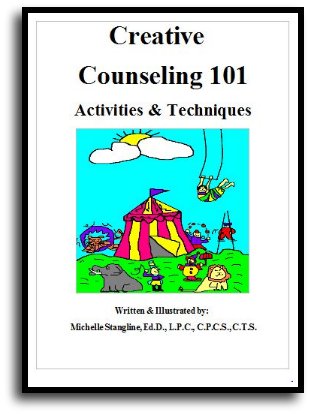
Step By Step Therapy:
Learn how to be a more Creative Therapist with the Book that started it all!
- Graduate School Counseling book used by hundreds of graduate counseling students!
- Includes full color reproducible worksheets with most activities.
- Winner of the Counselor Writer of the Year Award, 2011, Georgia Regional Award
Download Your Copy Today Only $39.95:
See Creative Counseling 101 eBook Information Here:
Get the Set
of all four
eBooks for only $98.95:
An incredible collection of how to do therapy eBooks!
A $159.80 Value,
You Save Over $60!
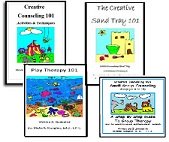
Get your complete set of the Creative Counseling 101.com eBooks by Dr. Michelle Stangline for only $98.95, that's less than $25.00 per eBook (Regular Price is $39.95 for each eBook.).
Your complete set includes:
- Creative Counseling 101
- Creative Group Counseling 101
- Creative Play Therapy 101
- Creative Sand Tray 101
For more information click the link below:
See Complete Set of eBooks For Sale Here:
New!!! "Beyond Art Therapy" 101 eBook
Over 300 pages of Beyond Art Therapy activities and techniques. Learn what I teach graduate counseling students!
See the link below for more information.
Only $39.95
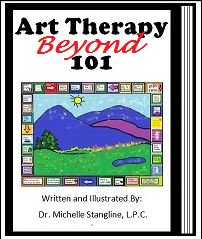
See More Invividual eBooks For Sale:
Sand Tray Therapy 101 eBook:
Learn how to do Sand Tray Therapy or enhance your skills.
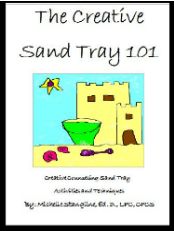
Play Therapy 101 eBook
Learn how to do play therapy or enhance your skills.
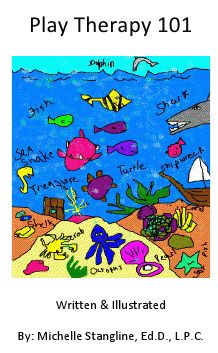
Small Group Counseling eBook For Sale:
Learn how to do creative group therapy and enhance your skills.
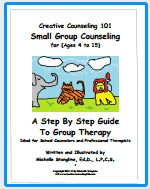
School Counselor Guidance Lesson & Social Stories eBook for sale:
Get a year's worth of school counselor guidance lessons with "Creative Warm & Fuzzy Classroom Guidance Lessons eBook". Introduce your students to the "Warm & Fuzzy Way". Click the link below for more information:
Warm & Fuzzy School Counselor Guidance Lessons eBook
